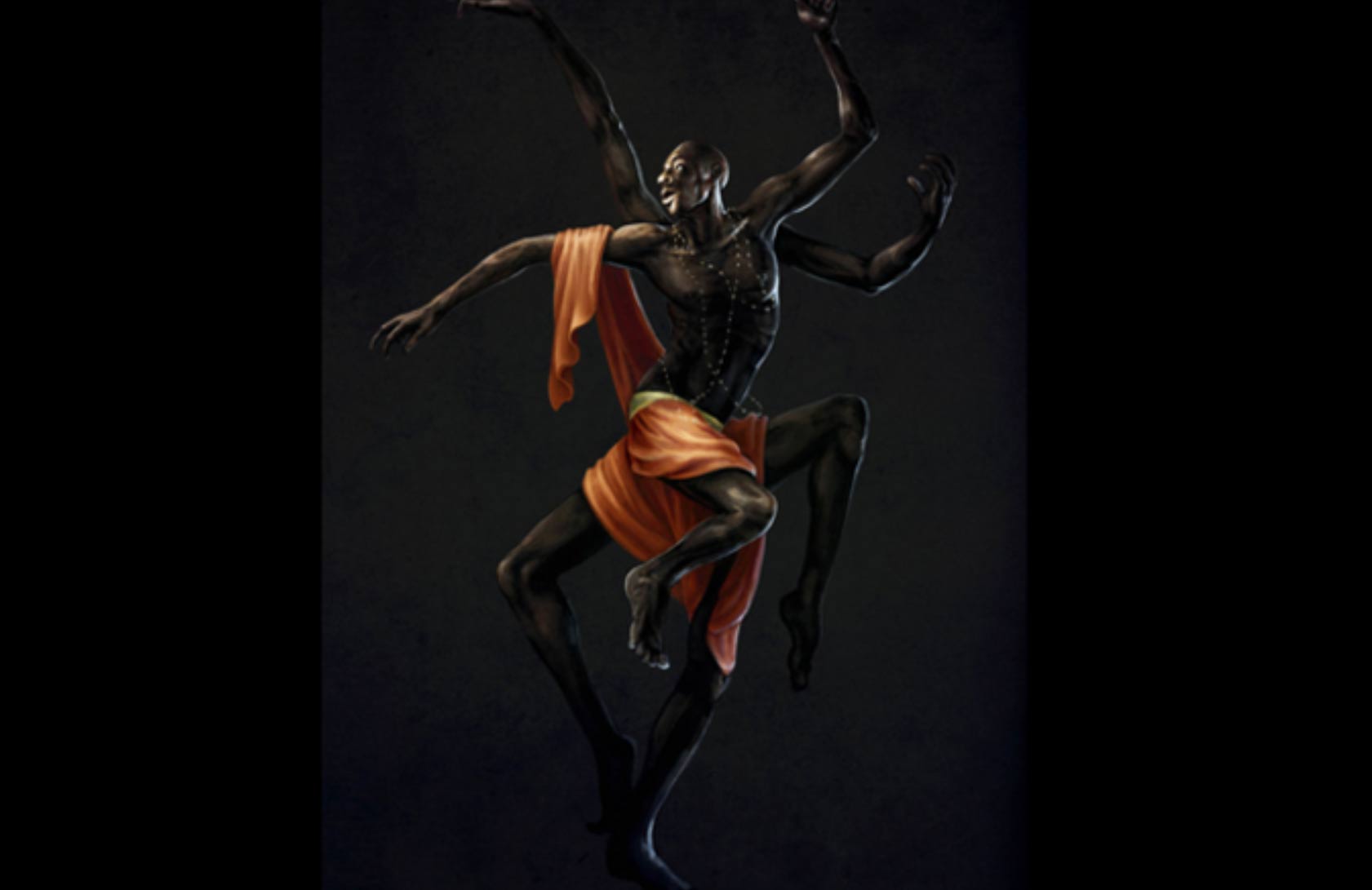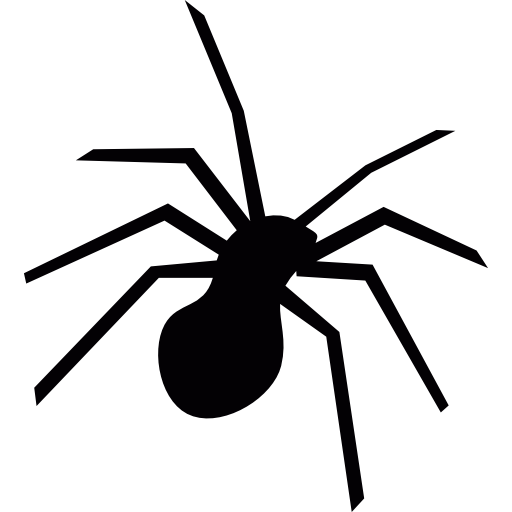“A man cannot live without myths” – Paulin Houndtonji.
“That night, the Mother of the Spirits walked the length and breadth of the clan, weeping forher murdered son. It was a terrible night. Not even the oldest man in Umuofia had ever heard such a strange and fearful sound, and it was never to be heard again. It seemed as if the very soul of the tribe wept for a great evil that was coming – its own death.” – Chinua Achebe.
Once upon a time, there was a “man-eating tree in Madagascar” which was made popular by a German explorer called Karl Leche who claimed that he encountered a human eating tree in the forests of Madagascar. He said that he witnessed the cannibal tree as it gruesomely devoured a young woman with the savage tenacity of an anaconda during a sacrifice performed by the Mdoko tribe of Madagascar (Ron and Joe, 2007; Spencer, 1874).
Lo and behold, there was no such tribe and the tree never existed (Ley, 1955). This hoax was eventually debunked as many researchers failed to find the tree but the story has refused to die. The rationale behind the explorer’s story may not be fully understood but it was remarkable that some people were critical of this story and many others like the myth of Ausar/Osiris (among the people of the Nile Valley), Werehyenas (Bultungin) of the Bornu Empire, Jengu the Mermaid (of the Sawa ethnic group in Cameroon), Adze the Vampire (Togo and Ghana), Mngwa the monstrous Cat (Tanzania and Kenya) and the Boshongo Creation myth.
Some of the researchers who failed at finding the man-eating tree claimed that it was a mereimagination while others opined that it was an exaggerated report of Karl’s experience with one of Madagascar’s carnivorous plants. It might have also been an attempt to incite a colonial contest over cultural and political hegemony or just to draw attention to Madagascar as expressed in “Madagascar: Land of the Man-eating Tree” – a book by Chase Osborn. However, what remains true is that it was a man-made story that played explanatory functions in the African understanding of the reality of carnivorous plants.
Although there is a radical disconnection between myth and philosophy, the above story indicates the relevance of African myths and the roles they play in African Philosophy (our reflections on the ideas that guide our existence as Africans and understanding of the worldview). The Encyclopedia Britannica defined myth as that which explains reality, concepts and beliefs and further serve as explanations of nature events such as creations, origin of things, history of a race or people. Generally, it is a story which is believed to be true and has its origin in the far distant past history of a people.
Abanuka further shared a similar thought on the essence of myths as they are perceived as vehicles conveying certain facts or truths about the encounters of man with the created orderand its relation to the paranormal world. They tell us about the super-human experiences of the community. They also expose the fact that man’s misfortunes and hardships on earth are attributed to his disobedience to the divine commands and moral codes of the deities at a point in his life (Abanuka, 1994).
The African Mythology believes in the concept of the divine – a unified spirit of all supernatural beings. This explains why Africans use them to elucidate how things came to exist through supernatural efforts as myths are living chronicles in their minds. They believe that God is the origin and sustenance of everything (Kagema, 2014).
This implies that a myth is not just a product of our imagination as humans but a direct expression of reality. In a survey conducted by Anyanwu (1987), he backed up Houndtonji’s thoughts on myths and stated that a man may not be separable from myths because he cannot bear to live with some questions unanswered and that is why he formulates myths to make those questions answerable.
Jaja in his case study posited that it was right for some thinkers to have claimed that myths are pre-philosophic in nature and that philosophy started where myths stopped. This suggests that philosophy has its roots in myths being an imaginative intelligence for the search of an answer (Jaja, 1994). Thus, those who live in mythical societies live in eternity while those in the philosophical societies live in a historical time where they constantly seek to discover history. They use philosophy and science as tools for reflective inquiry into the wonders and problems of the world; they are time-oriented and are always dissatisfied with the results of their findings (Jaja, 2001).
This brings us to the question of whether African myths fit into science. Whenever we think of scientific knowledge, what comes first into most people’s mind is the western (modern) science. This is due to the dominance of Western science over other forms of knowledge systems and its significance in solving diverse human problems. Unfortunately, it overlooks other possibilities that can be considered as suitable alternatives from other cultures of the world (particularly in Africa) and tags them as irrelevant in developing scientific inquiries. Furthermore, we as Africans also seem not to treasure our African science since we have become insatiable in our quest for western scientific and technological products that are in some way strange to our African problems and also do not reflect African conditions.
Although African myths may be mysterious and sometimes illogical, judging them from a typical western standpoint is not right. This is because some scientific information could be gotten from the explanatory stories, origin stories and didactic stories which constitute thesemyths. African myths embody the multifaceted African thought systems which are transmitted in ritual practice, with manifestations in the form of African spirituality.
Looking at Paul Feyerabend’s pluralistic stance on scientific knowledge, he believed that scientific practice does not have a singular path or pattern and that it must be protected from the exclusive claim of rationality (Feyerabend, 1993). This idea is also backed by Sandra Harding who believed in the existence of scientific knowledge in different cultures of the world (Harding, 2008). Therefore, the use of myths in the understanding of science cannot befar-fetched as some of these thought systems were used as the conceptual framework in African traditional medicine and other areas like African metallurgy where the technical acts were imbued with the non-technical rituals and belief systems (Iles and Lyaya, 2015; Chirikureet al., 2009)
African traditional medicine is the set of knowledge and practice which is used to diagnose, prevent and eliminate physical, mental and spiritual or social problems. Helaine Selin noted that the traditional African medicine has a holistic approach unlike the Western one (Selin, 1993). In most cases, the African traditional healer (medicine man or herbalist) executes his activities by identifying two levels of treatment - the physical and spiritual levels. The traditional healer is perceived as an expert on the feelings, beliefs and the prevailing norms of conduct (community norms) of the patient and he tries first to establish the spiritual cause of an ailment (Flint, 2008). Digging further into African healing methods, Oloyede reported that traditional herbal medicines are naturally occurring plant-derived substances with little or no need for processing and that they have been used to treat diseases within local healing practices (Oloyede, 2010).
It is also apparent that there were effective African traditional healers in many parts of Africa, but their practice was restricted by the colonizers and the African governments also seem not to welcome or encourage their traditional practices. For instance, the efforts of different medicine men in South Africa made the European health practitioners and government authorities quite uncomfortable. This is because the Europeans confirmed the effectiveness of their traditional medicine in curing many malignant diseases and with that being the case, they knew the consequence. They understood that they cannot sell their modern medicines to the African market and the best way out for them was to disregard African spirituality, restrict the African traditional medicine and label the African way of healing as witchcraft (Flint, 2008).
This challenge is not peculiar to South Africa alone as there are many other African societies where the Western medical practitioners and government have influenced the essence of traditional medicine and Nigeria is not left out. While elucidating this, Offiong noted that an important problem impeding an effective primary health care program in Nigeria is the antagonism or hostility that is directed towards the practitioners of traditional medicine by those practicing Western medicine (Offiong, 1999).
Although the colonial masters may have contributed a lot to the deterioration of our African heritage and valuable African traditional practices, we need to learn our lessons from the past and then intensify our efforts toward self-liberation from the western influence. Moreover, since we have ancient medical practitioners and metallurgy workers who were deep thinkers in the traditional sense, it is suffice to claim that African thought systems are also rich sources of scientific knowledge.
From the above, the use of western yardsticks to criticize African science is unfair. Our ancestors were capable of independent thinking and African traditional medicine is one of the African thought systems that remain relevant. Some of the unsystematic practices also do not negate the existence of a truly African science that was figured out based on the experience, religion and culture of the people as well as the need to make the society a better one. Hence, for us to change this narrative, we must keep testing the applicability of our typical African thought systems on not just African problems but that of the world. To make the best from the world, we need to conquer it.
REFERENCES
Abanuka, B.A. (1994). New Essay on African Philosophy, Nsukka Spiritan Pub.
Anyanwu, K. (1987): The Idea of Art in African Thought. Contemporary Philosophy. A NewSurvey (Ed.) Floistad EG. Dordrecht. Martins Nyhoff Pub.
Chirikure, S., Rob, B. and Robert, B.H. (2009): Beyond furnaces and slags: a review study ofbellows and their role in indigenous African metallurgical processes. Azania: ArchaeologicalResearch in Africa 44(2):195-215.
Feyerabend, P. (1993): Against Method. (3rd Ed.). New York. Biddiest Ltd.
Flint, K. (2008): Healing Traditions: African Medicine, Cultural exchange and Competition inSouth Africa (1820-1948). Athens: Ohio University Press. Available at:https://www.ohioswallow.com/book/Healing+Traditions
Iles, L. and Lyaya, E. (2015): Making metals in East Africa and beyond: archaeometallurgy inAzania, 1966-2015. Azania: Archaeological Research in Africa 50(4):481-494.
Jaja, J. (1994): African Novels as Sources of History. A Case Study of Chinua Achebe’s ThingsFall Apart and Arrow of God. Owu Human 112-120.
Jaja, J. (2001): Libation. Its Cultural Value in Opobo in Eastern Niger Delta of Ogele. J. ofSocial Sci./Human. 1 (7x9) 94-104.
Kagema, N. (2014): The Relationship between Religion and Science in Mission. Research onHumanities and Social Sciences Reflection from an African Perspective 4(2):46-54.
Ley, W. (1955): Salmanders and Other Wonders: Still More Adventures of a RomanticNaturalist. Viking Press. pp. 178-182.
Mapadimeng, M. (2009): Indigenous African cultures and relevance to socio-economicdevelopment in the contemporary era. In Conference Report: International Conference onAfrican Culture and Development. Accra. pp. 1-25.
Offiong, D.A. (1999). Traditional healers in the Nigerian health care delivery system and thedebate over integrating traditional and scientific medicine. Anthropological Quarterly1999:118-130.
Oloyede, O. (2010). Epistemological issues in the making of an African medicine:Sutherlandia (Lessertia frutescens). African Sociological Review/Revue Africaine deSociologie 14(2):74-88.
Osborn, C.S. (1924): Madagascar: Land of the Man-eating Tree. New York, N.Y.: RepublicPublishing Company. pp. 3-9.
Ron, S. and Joe, E. (2007): The Dirt: Myths about man-eating plants – something to chew on.San Francisco Chronicle. Retrieved 2007-10-26.
Selin, H. (1993): Science Across Cultures: Part I: African and Native American achievements.National Science Teachers Association 60(3):38-44. Available at:https://www.jstor.org/stable/24147266?seq=1#page_scan_tab_contents
Spencer. E. (1874): Man-eating tree of Madagascar. South Australian Register. Retrieved2023-07-01.
Join the Oriire Community
Become a free member to get the monthly roundup, unlock more challenges, comment on articles and bookmark your favourites





















Share
0 Comments